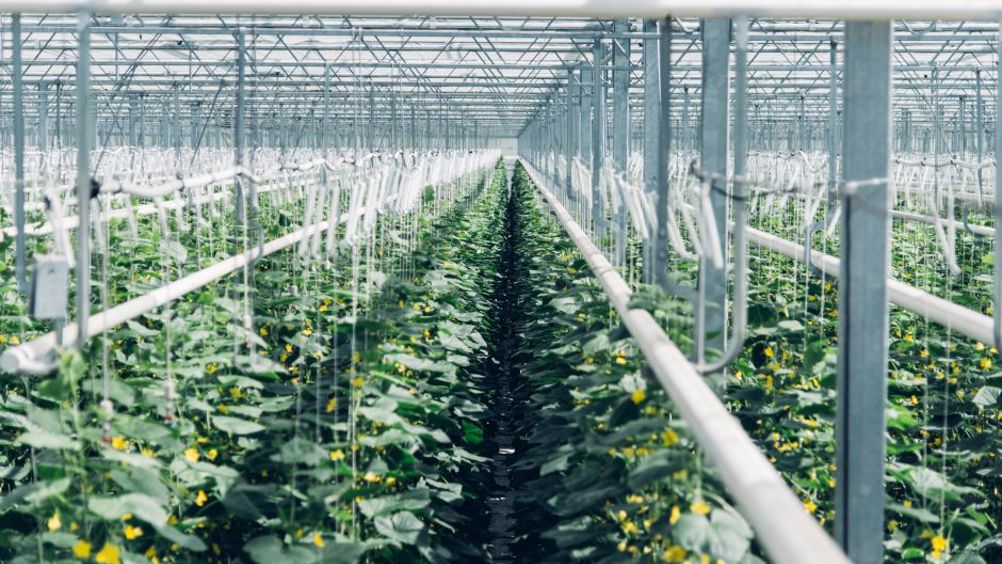Solar cells promise energy neutrality for greenhouses
Some greenhouses could become energy neutral with the application of semi-transparent solar cells that utilise energy from the wavelengths of light not used during plant photosynthesis.

This is the claim of engineers, plant biologists and physicists at North Carolina State University (NC State) whose new modelling study estimated energy use for greenhouses growing tomatoes at locations in Arizona, North Carolina and Wisconsin. Their findings are published in Joule.
Scottish vertical farming startup harvests £5.4m in funding
Floating deep farms promise year round production of food crops
“Plants only use some wavelengths of light for photosynthesis, and the idea is to create greenhouses that make energy from that unused light while allowing most of the photosynthetic band of light to pass through,” said Brendan O’Connor, corresponding author of the study and an associate professor of mechanical and aerospace engineering at NC State.
“We’re able to do this by using organic solar cells, because they allow us to tune the spectrum of light that the solar cell absorbs – so we can focus on using mostly wavelengths of light that plants don’t use. However, until now it wasn’t clear how much energy a greenhouse could capture if it was using these semi-transparent, wavelength selective, organic solar cells.”
Register now to continue reading
Thanks for visiting The Engineer. You’ve now reached your monthly limit of news stories. Register for free to unlock unlimited access to all of our news coverage, as well as premium content including opinion, in-depth features and special reports.
Benefits of registering
-
In-depth insights and coverage of key emerging trends
-
Unrestricted access to special reports throughout the year
-
Daily technology news delivered straight to your inbox










Water Sector Talent Exodus Could Cripple The Sector
Well let´s do a little experiment. My last (10.4.25) half-yearly water/waste water bill from Severn Trent was £98.29. How much does not-for-profit Dŵr...